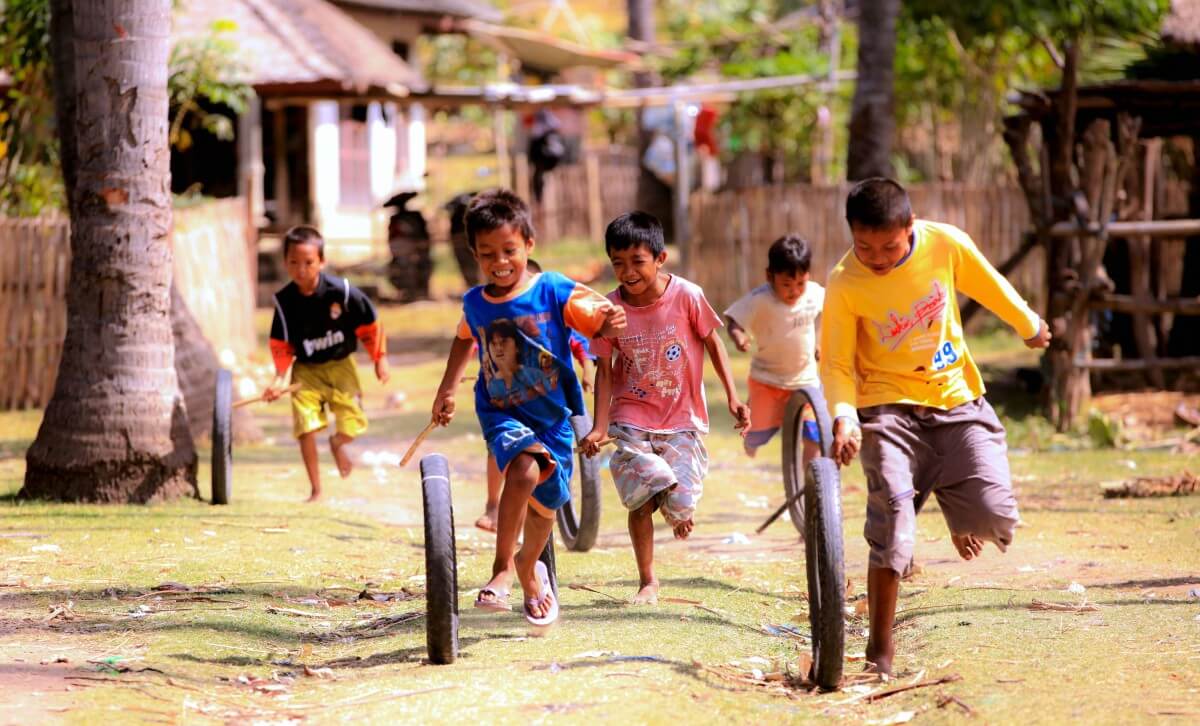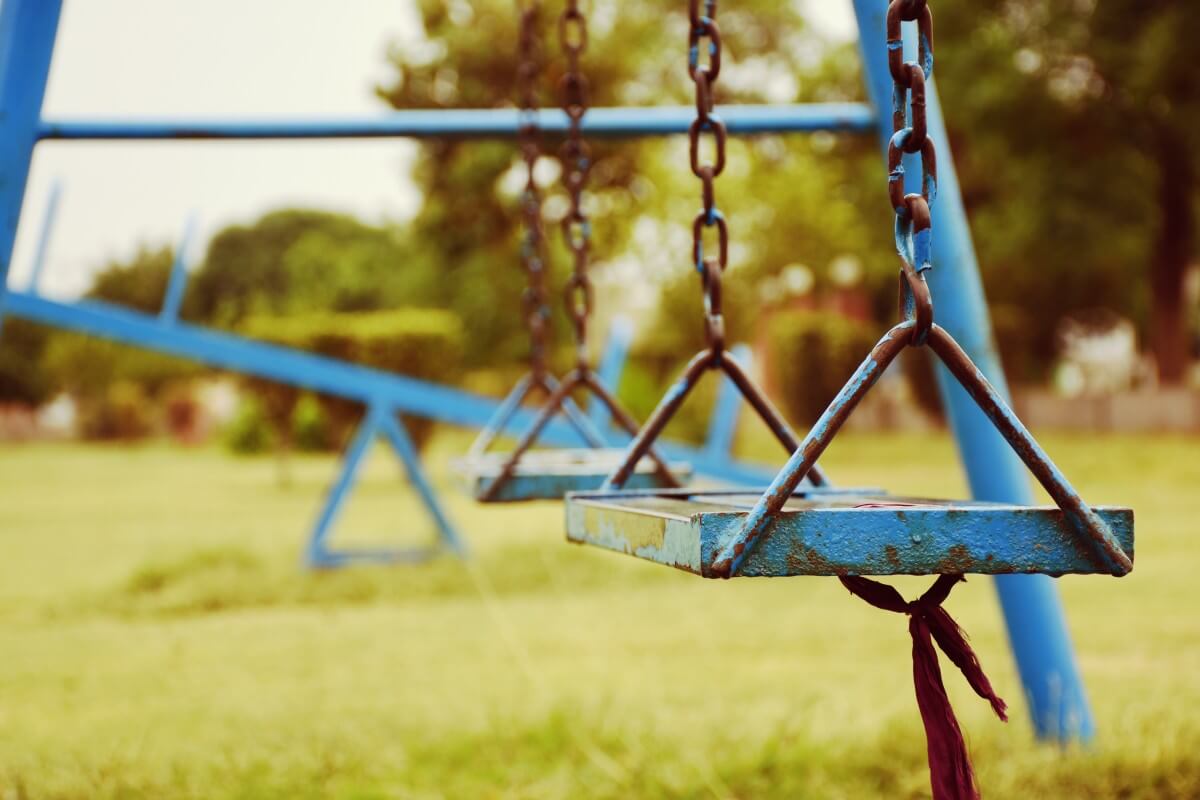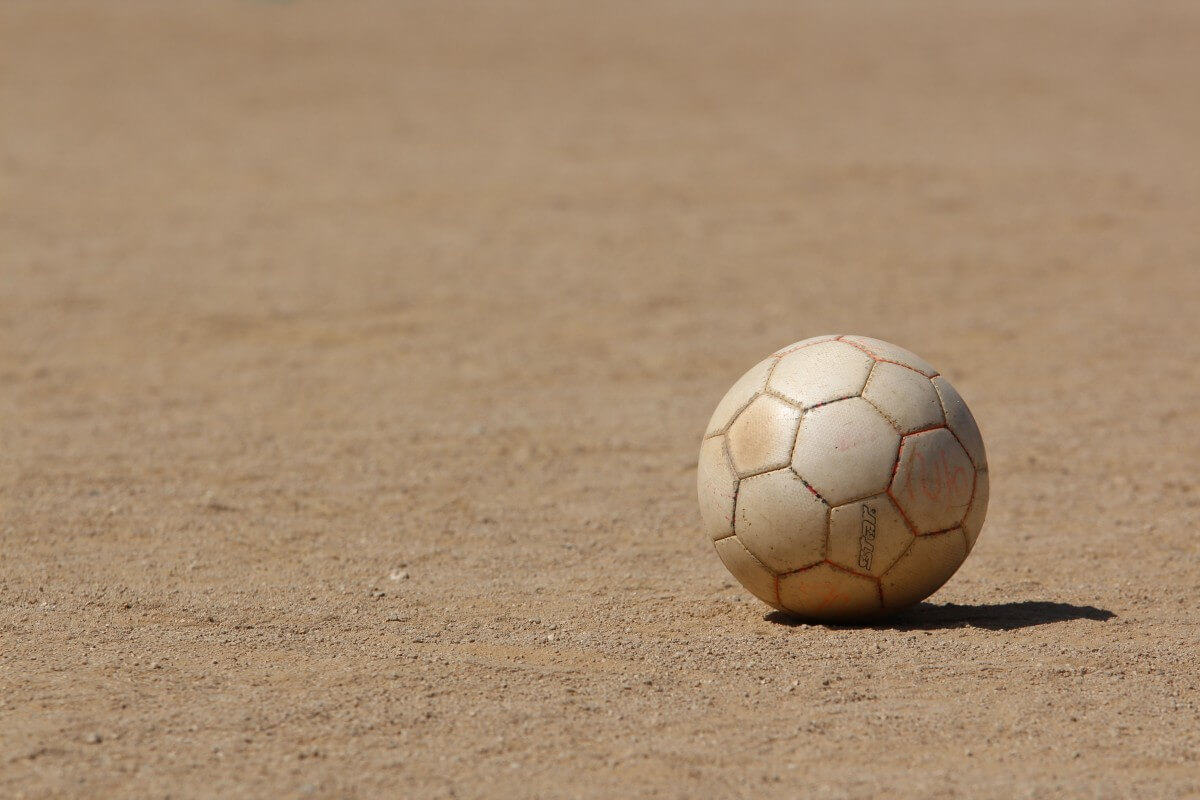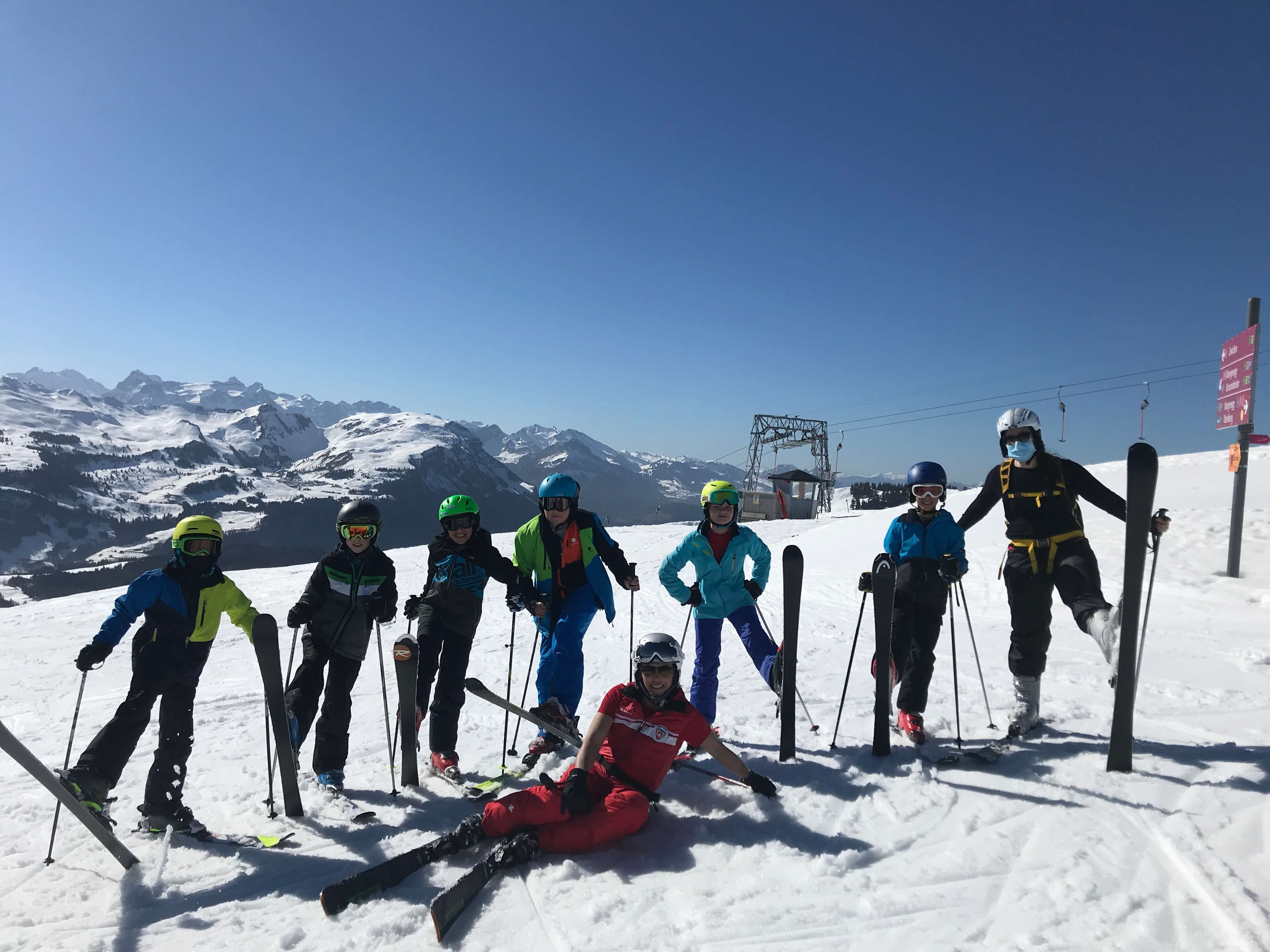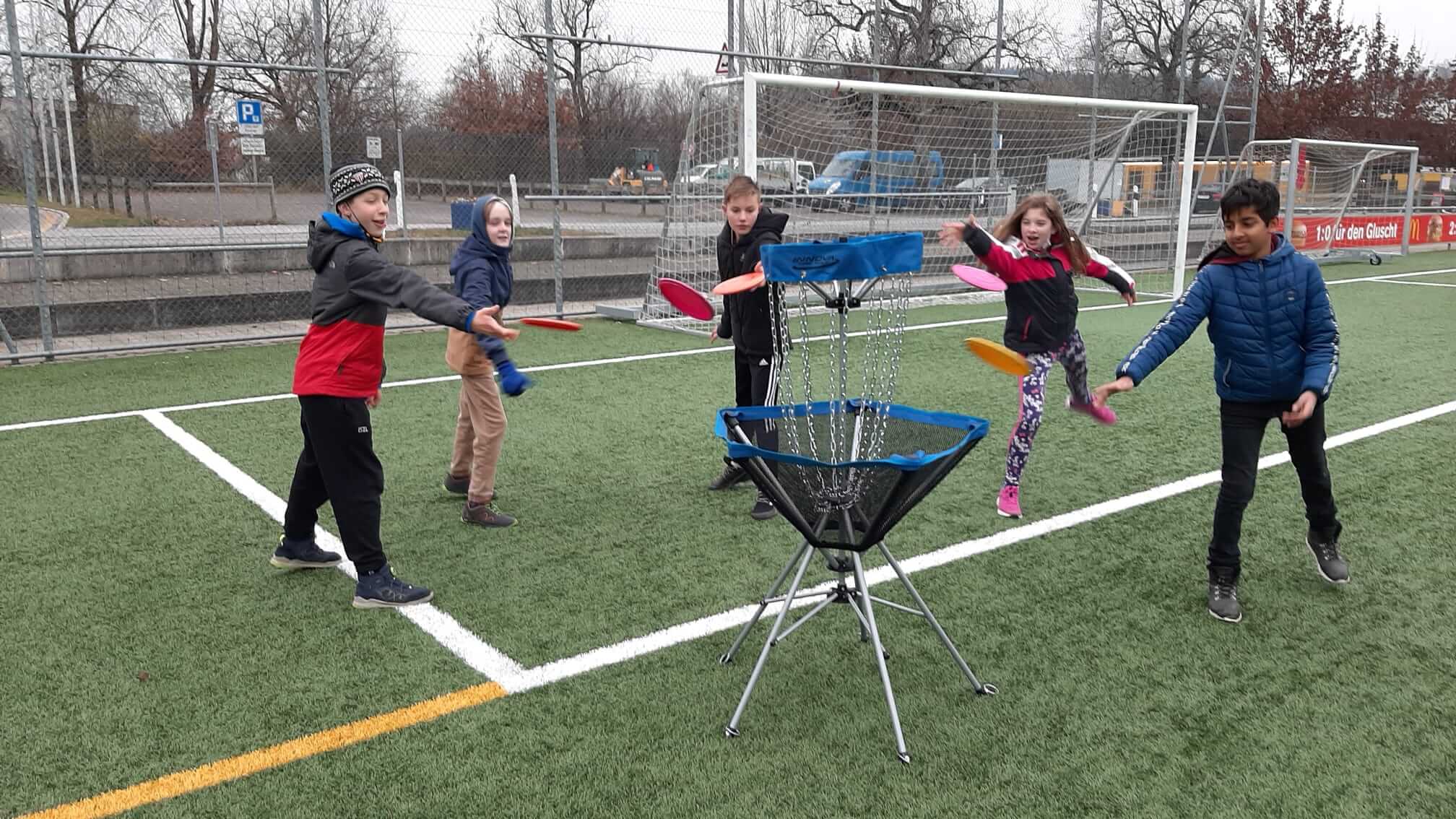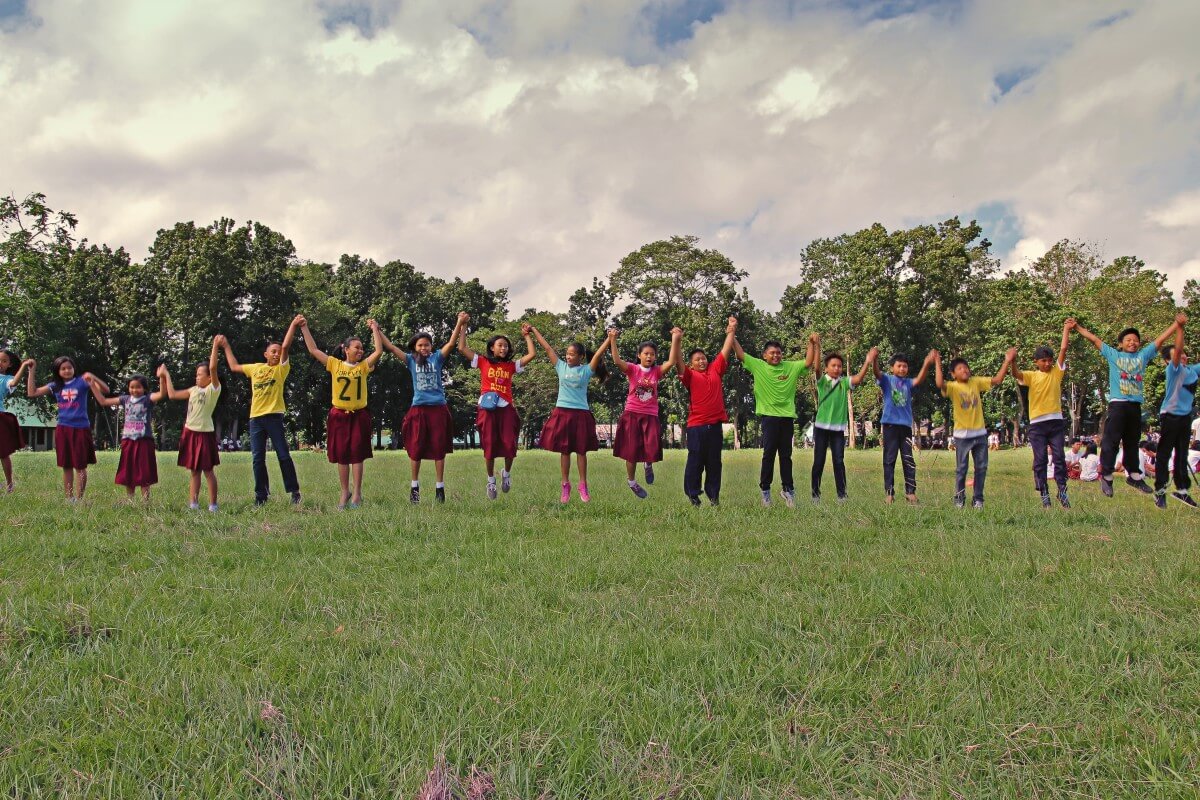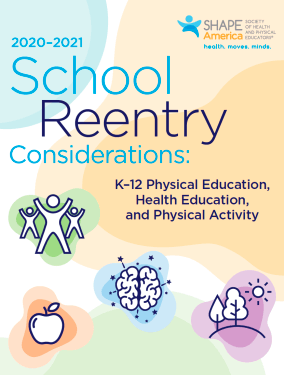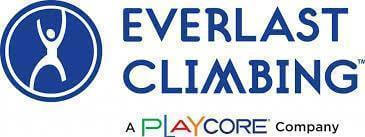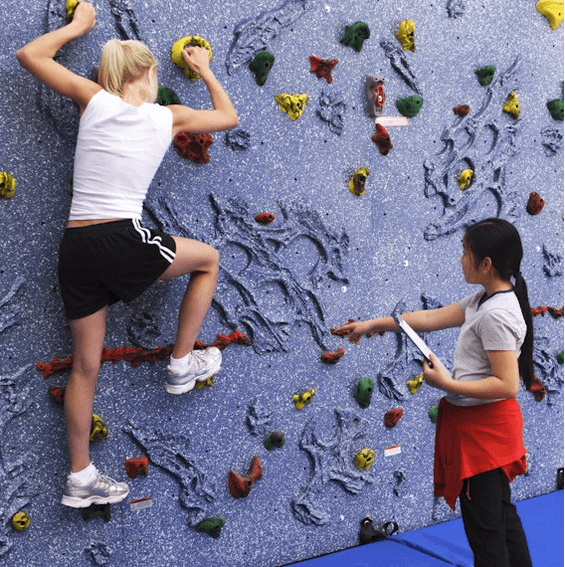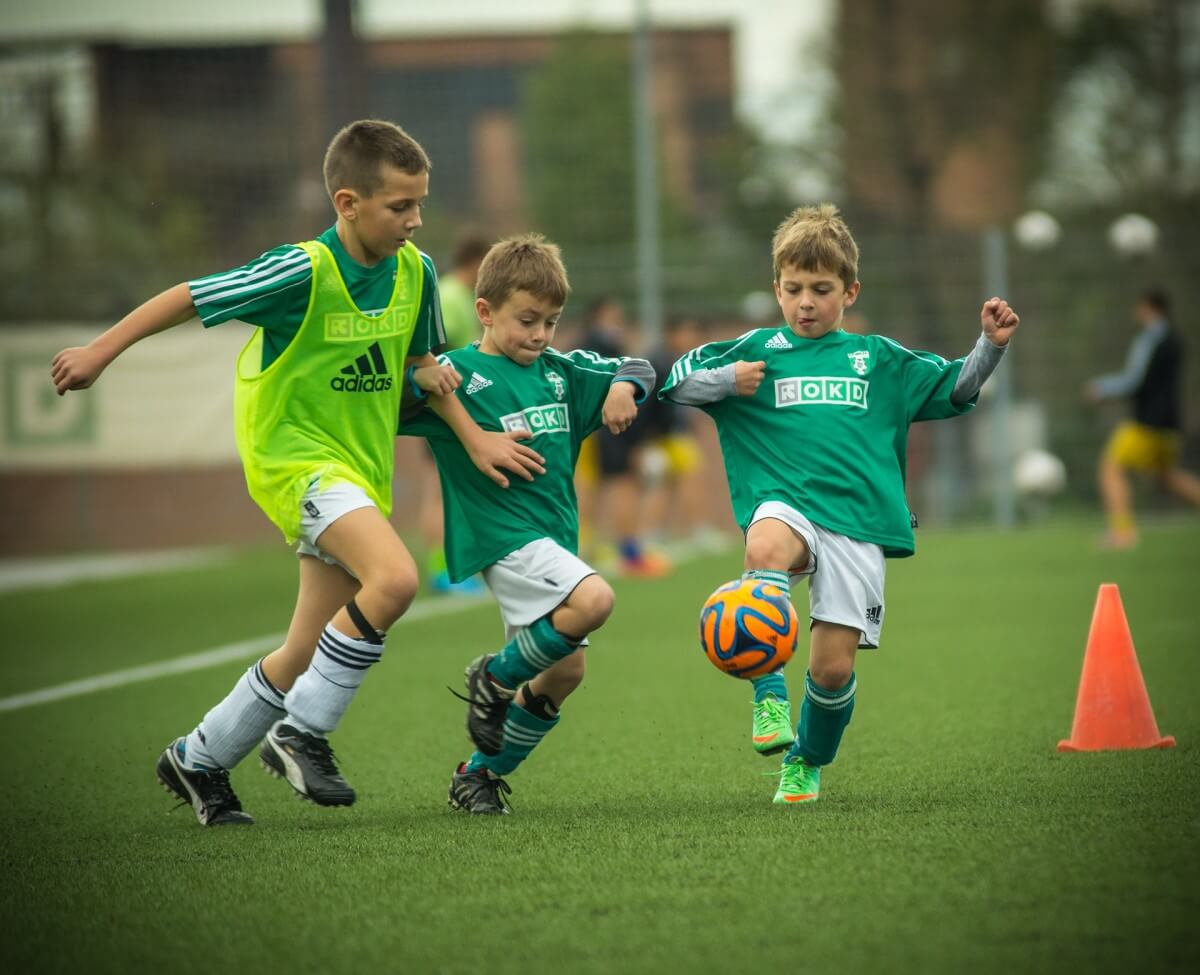
Purposeful competition has the potential to be one of the most growth-enhancing experiences for youth. The tragedy is that sports and other forms of contest have as much potential for harm as benefit, and relatively few coaches and physical educators have been prepared with the knowledge, training, and skills needed to avoid the pitfalls and guide youth toward purposeful competition.
What is purposeful competition? In short, it is competition at its best. To elaborate, it is useful to consider the two key terms: purpose and competition. Purpose, according to the developmental psychologist William Damon, is “a stable and generalized intention to accomplish something that is at once meaningful to the self, and of consequence to the world beyond the self” (Damon, Menon, & Bonk, 2003, p. 121). Well-designed sport experiences, which facilitate long-term goal development and “beyond the self” thinking, can provide a rich and valuable template for purpose formation.

